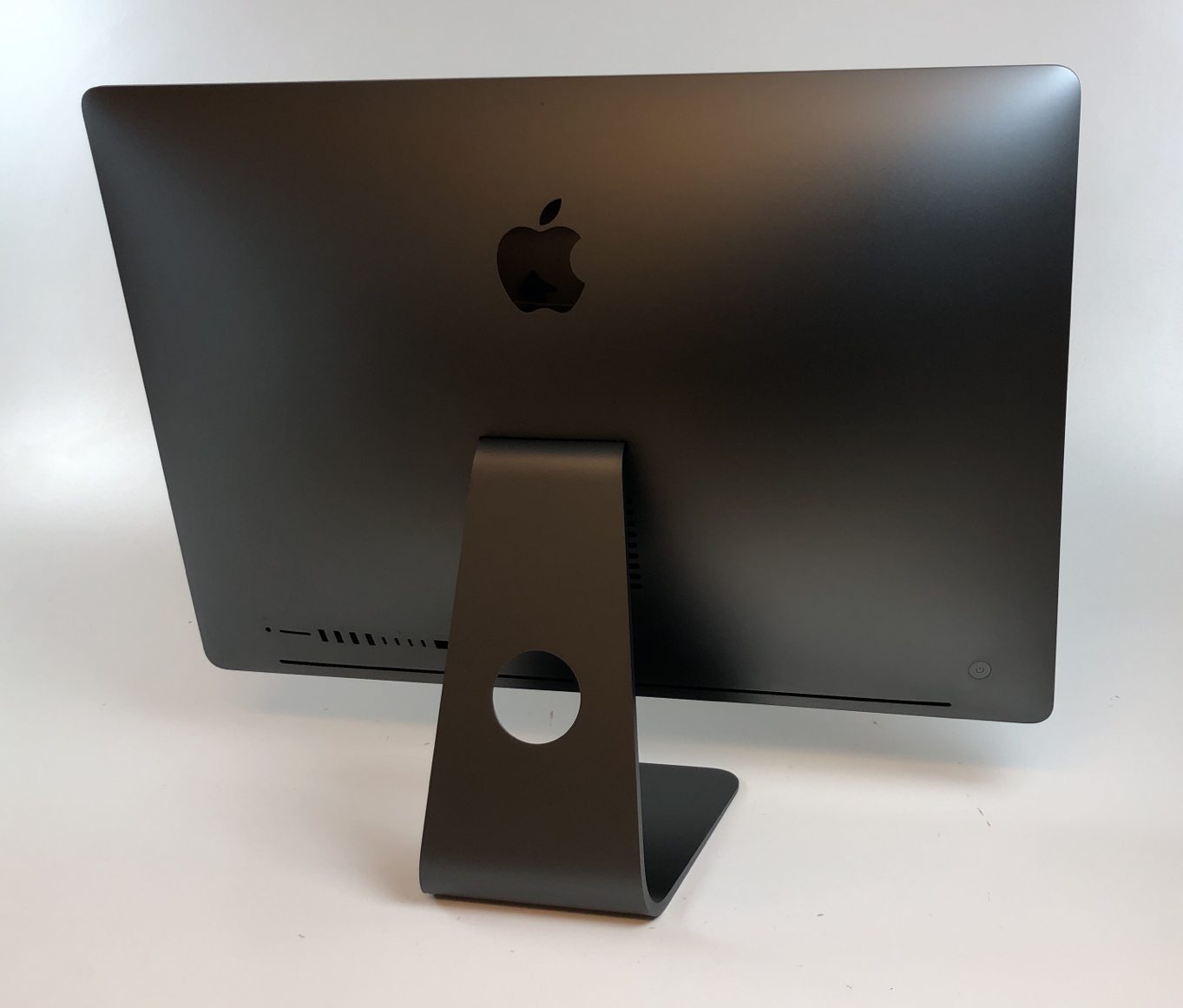

The system on your internal drive will remain in place, however, and that can cause problems if one of your apps or you accidentally select a file from the internal drive instead of the fresher one on your external SSD. With any method you choose above, when it’s all complete, you open the Startup Disk preference pane, select the SSD as the startup volume, and then can restart with it as your main system. Restart with your SSD and clean up the startup volume If you use Disk Utility follow the instructions in this article, but only restore the Data volume of your internal drive to the Data volume of the external drive. (You may need to restart and hold down the Option key to select the startup drive.)įollowing a successful Big Sur installation, you can use an up-to-date Time Machine backup, Carbon Copy Cloner, or Disk Utility to copy your data. Then restart again with your internal system volume. You should test that the installation was successful by restarting with the external SSD, which will have no user data on it. Follow instructions in that app for that special operation. Use Carbon Copy Cloner, which can use a built-in Apple system-level tool to copy the system files correctly.After finishing installing Big Sur, open the Startup Disk preference pane and select your internal drive, then click Restart so you can finish the copying. Restart into macOS Recovery (choose > Restart and hold down Command-R at startup) and then click Reinstall macOS.Follow prompts.ĪPFS is optimized for SSDs, and it’s rare that a drive you purchase will already be set up with that filesystem. Choose to format as APFS with the GUID Partition Map.(If you don’t see the list, choose View > Show Sidebar.) Select the drive in the list in the left-hand side, and click Erase.Launch Disk Utility and choose View > Show All Devices.To switch to an SSD, you should start with these steps: All M1-based Macs come with SSD-only storage.
#Imac fusion drive vs ssd 2017 how to#
Here are the instructions on how to set up an external SSD as the startup drive. For $200 to $300, you can purchase a high-performance, well-reviewed SSD that will boost your speed, sometimes by such a high factor it may seem like a new Mac. And the cost of 1TB SSDs has finally fallen enough that it’s absolutely reasonable to consider them rather than swapping out your computer entirely. The data rates of either standard are fast enough with an SSD to offer a significant improvement.
#Imac fusion drive vs ssd 2017 upgrade#
Since most Macs of the Fusion drive era don’t allow a drive upgrade with ease-or, in the case of an iMac, require huge and careful effort to swap out the drive-consider using an external SSD that connects via USB 3 or Thunderbolt 3.


 0 kommentar(er)
0 kommentar(er)
